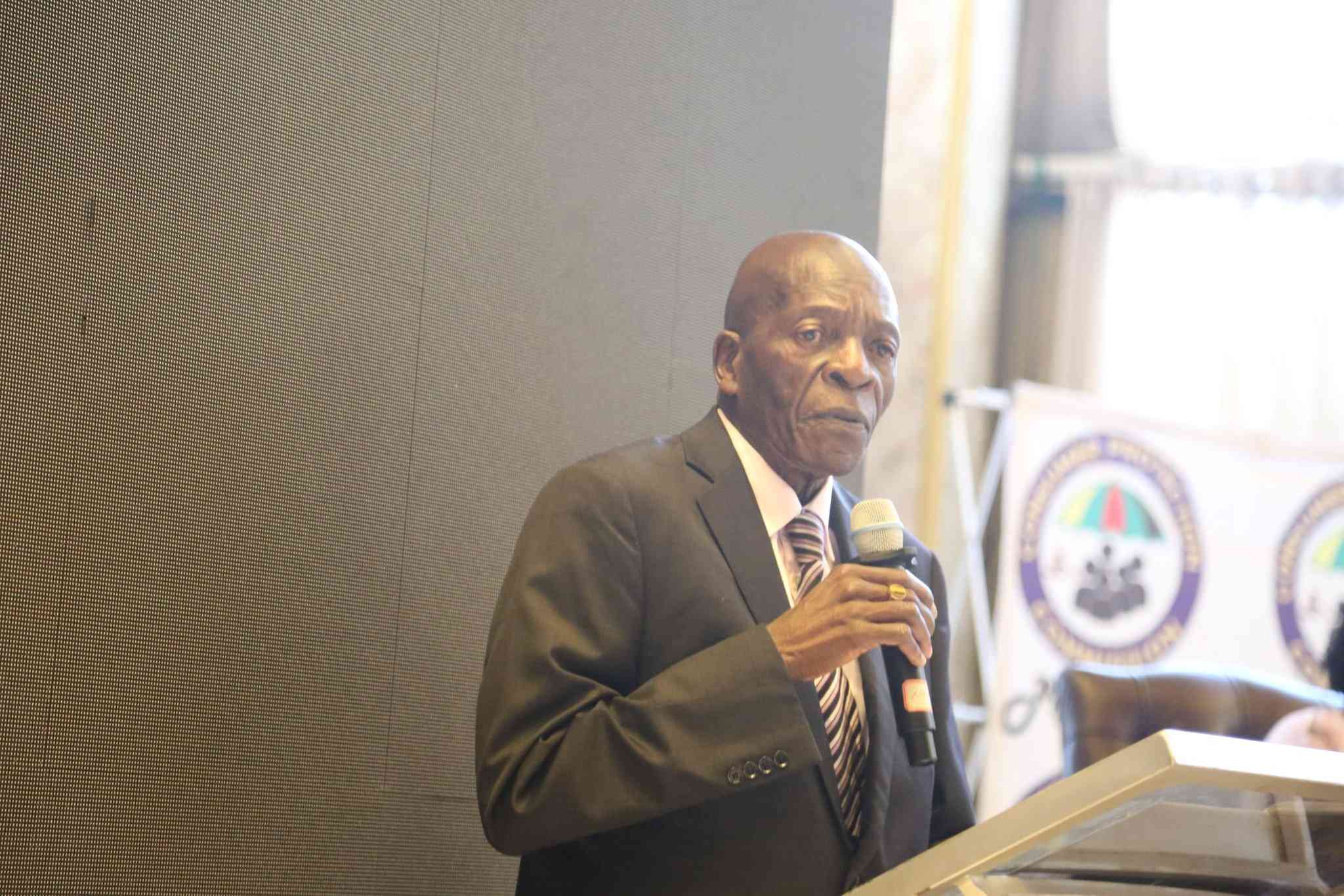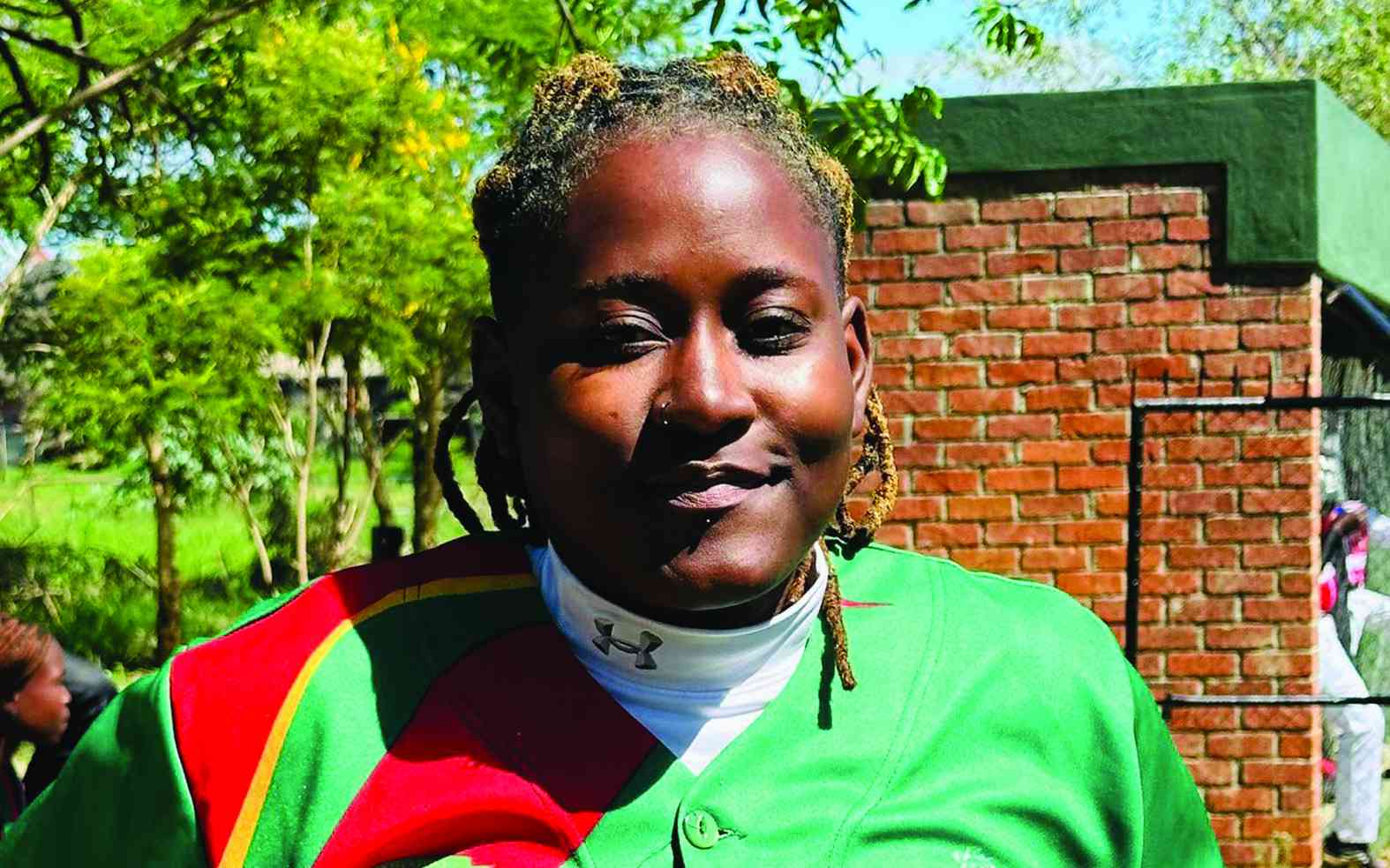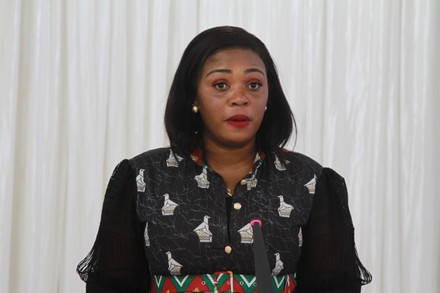
ON the outskirts of Harare, a storm is brewing over a large tract of wetland located on the west of Old Tafara Shopping Centre, an area rich in biodiversity and cultural history.
Allegations of corrupt dealings by local and central government officials have ignited fierce opposition from residents of Tafara, who are rallying to protect their environment from what they describe as illegal stand allocations that afterall favour outsiders from Budiriro and other western suburbs.
Residents of Tafara, particularly those from ward 9, have united in their opposition to the proposed development.
In a petition, seen by this correspondent and addressed to the Harare Provincial Affairs and Devolution minister Charles Tavengwa, they assert their objections to the encroachment into the Ramsar-certified wetland area.
“This area is a preserved environmental site, home to rare birds and historical artefacts,” the petition reads.
“It serves as a cultural base for the ‘gure’ Kasiyamuriro traditional group and has been a vital space for farming and education for our children.”
Local accounts suggest that certain people (names supplied) allegedly affiliated to the ruling Zanu PF party are behind the land grab, claiming ownership of land that is legally recognised as State property.
The residents argue that such actions threaten not only their livelihoods, but also the ecological integrity of the wetlands, which have historically served as a refuge for both wildlife and local community activities.
- Feature: Pigeon rearing changes man’s life
- Zim's 2023 elections: How to judge candidates' social protection promises
- Tension ahead of central committee elections
- Tension ahead of central committee elections
Keep Reading
Ward 9 councillor Prince Mutebuka, representing the area, has stated that there has been no council resolution authorising the development.
“Developments on designated wetlands such as Gosden are illegal and anyone doing such developments should produce the required permits from government agencies such as EMA [Environmental Management Agency] and failure to do that will result in those structures being demolished if they don’t abide by council and all other compliance procedures”, Mutebuka said in a recent interview .
Combined Harare Residents Association (CHRA) director Ruben Akili also weighed in, highlighting the broader implications of such haphazard land allocations.
“As CHRA, we have intervened on the issue of Gosden, where land barons, some even known by the local authorities, have been left to do whatever they like with council land and, unfortunately, have been treated with kids’ gloves.
“We expect that when such issues arise, they should be brought to the attention of the local districts and even reported to the police,” he said in a recent interview.
“The local authority should come up clean and clear its name from the land barons’ issue and when they report such issues to the police, we need to see the RRB numbers rather than just claiming on radio that such cases have been taken to court, which becomes rather a public relations stunt,” he pointed out.
Akili also noted that as CHRA, they were aware of manoeuvres to change the whole land use pattern of the Gosden area, where residential stands have been allocated for a long time around wetlands by land barons who carry or possess official documents from the council and thus operate with impunity and masquerade as though they are representing the local authority.
“We are aware that there are machinations to change the whole lay-out of the area so that housing construction continues illegally on declared wetland areas through accommodating another land baron who works in cahoot with local authorities and this has been the modus operandi. The local authorities need to come out clean on these allegations.
Information provided by the Gosden Conservation Trust, working in the area, noted that the Tafara wetland, 24km to the east of Harare’s central business district, is part of the Manyame catchment area.
History also reveals that the VaShawasha people inhabited the Cleveland Catchment area since the Stone Age period.
Rock paintings are spread all over the rock formations around the habitat and there are tales of spirit mediums (mhondoro) that used to protect the area.
This makes the Cleveland catchment area significant from a cultural perspective.
Present on the Tafara wetland is the Gosden River, which is a tributary of Mukuvisi River.
Mukuvisi is one of the main rivers in Zimbabwe and feeds into Lake Chivero.
The Tafara wetland is now becoming degraded due to illegal activities that are occurring on the huge wetland, which include urban agriculture and sand mining or poaching.
EMA and the Upper Manyame Sub-Catchment Council have visited the Gosden area underscoring EMA’s role as the statutory body responsible for conducting environmental impact assessments (EIAs).
The EMA Wetlands Master Plan aims to protect and restore wetland ecosystems, promoting biodiversity, enhancing water quality and supporting sustainable land use.
It integrates community engagement and conservation efforts to ensure long-term environmental health.
Efforts to contact EMA to provide a comment on the on-goings around the Gosden area were unsuccessful.
Residents have expressed scepticism about EMA’s commitment to environmental protection, citing past instances where approvals were granted despite evident ecological risks.
Raising the stakes high, Ward 9 residents have called on EMA to reassess the situation and are demanding that no development proceeds without a comprehensive EIA certification issued by EMA.
“We need transparency from EMA. The people who will benefit from this development are not us. They are outsiders with no regard for our community or environment,” stated Thandiwe Moyo, a local resident.
Development experts argue that expanding residential areas is essential for accommodating Harare’s growing population, but these developments should be sustainable.
“Developing Gosden without environmental assessments is jeopardising biodiversity and sustainable growth must prioritise ecological integrity alongside housing needs,” said local environmental activist, Samuel Hungwe.
As tensions rise in Tafara, the outcome of this conflict could set a precedent for how environmental resources are being managed in urban and peri-urban areas across Zimbabwe, highlighting the critical balance between development and preservation.











